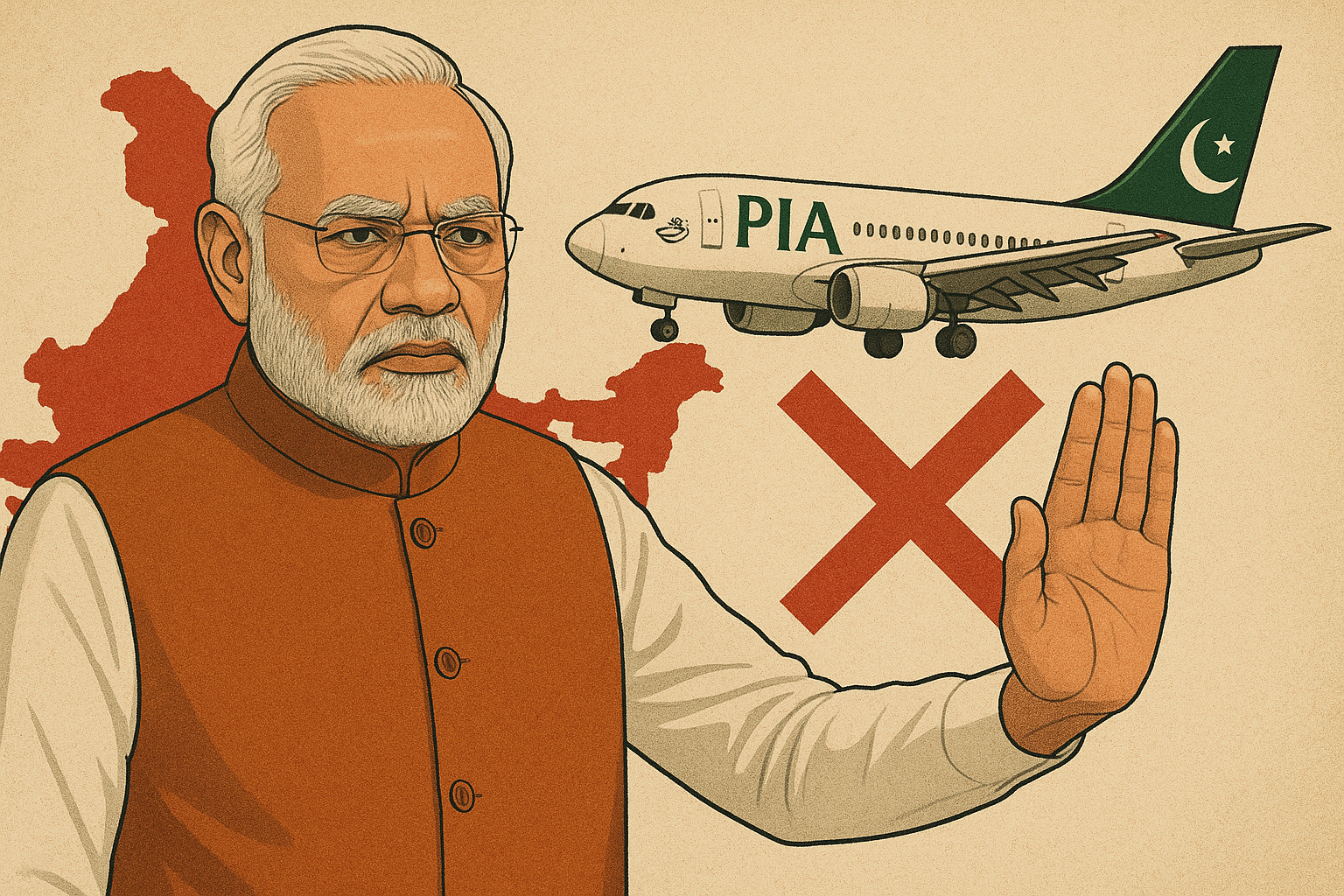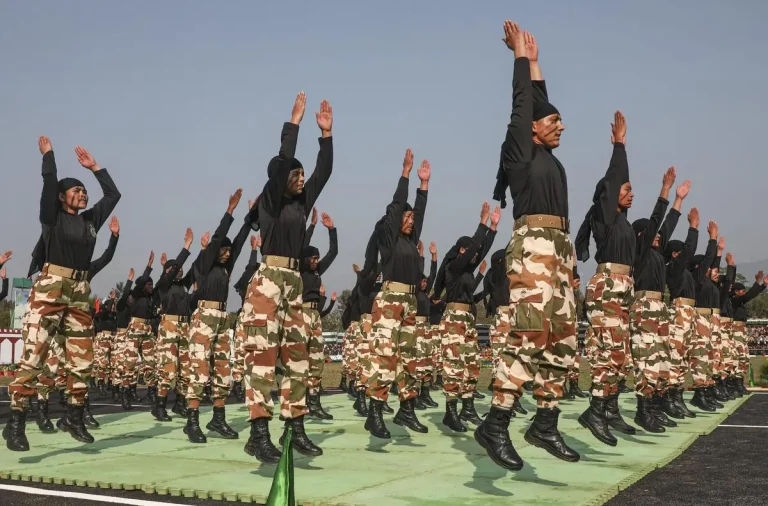A senior government official has confirmed that Indian airspace will remain closed to all Pakistani aircraft until further notice, citing national security considerations. This announcement formalizes a situation that had already seen Pakistani flights largely avoiding Indian airspace due to fears of possible military retaliation and escalates the ongoing tensions between the two nations.
The closure is expected to have a significant impact on Pakistan’s aviation sector, particularly for flights heading to Southeast Asia and Oceania, which will now necessitate substantial detours. As a result, airlines are being forced to reroute their international flights, leading to increased flight durations and much higher operational costs.
Flights from northern India to various destinations including Europe, the UK, the Middle East, and North America will experience delays ranging from 45 minutes to as much as 1.5 hours. This added time translates into financial repercussions, with estimates of additional costs reaching ₹5 lakh per flight to the Middle East, ₹22.5 lakh to Europe, and nearly ₹29 lakh for services bound for North America. Analysts project that nearly 800 international flights per week will be impacted, resulting in a staggering cumulative monthly financial burden approaching ₹306 crore.
In response to the new airspace restrictions, IndiGo, India’s largest airline, has already suspended its services to Almaty and Tashkent. The airline cited range limitations imposed by the new routes as the reason for this decision, stating that both destinations now fall outside the operational range of its current fleet.
Other airlines, including Air India, Air India Express, SpiceJet, and Akasa Air, are closely monitoring the situation and may announce cancellations or schedule modifications in the near future.
The airspace ban introduces additional logistical challenges, such as increased crew duty hours and issues related to aircraft availability. Research from aviation analytics firm Cirium indicates that over 6,000 one-way international flights are planned from India in April, with a considerable portion originating from northern regions.
This tit-for-tat closure of airspace illustrates the grave diplomatic tensions between the two nuclear-capable neighbors. As hostilities escalate, both sides remain vigilant, with international observers keenly watching for any indications of de-escalation or, conversely, potential further provocations.



















